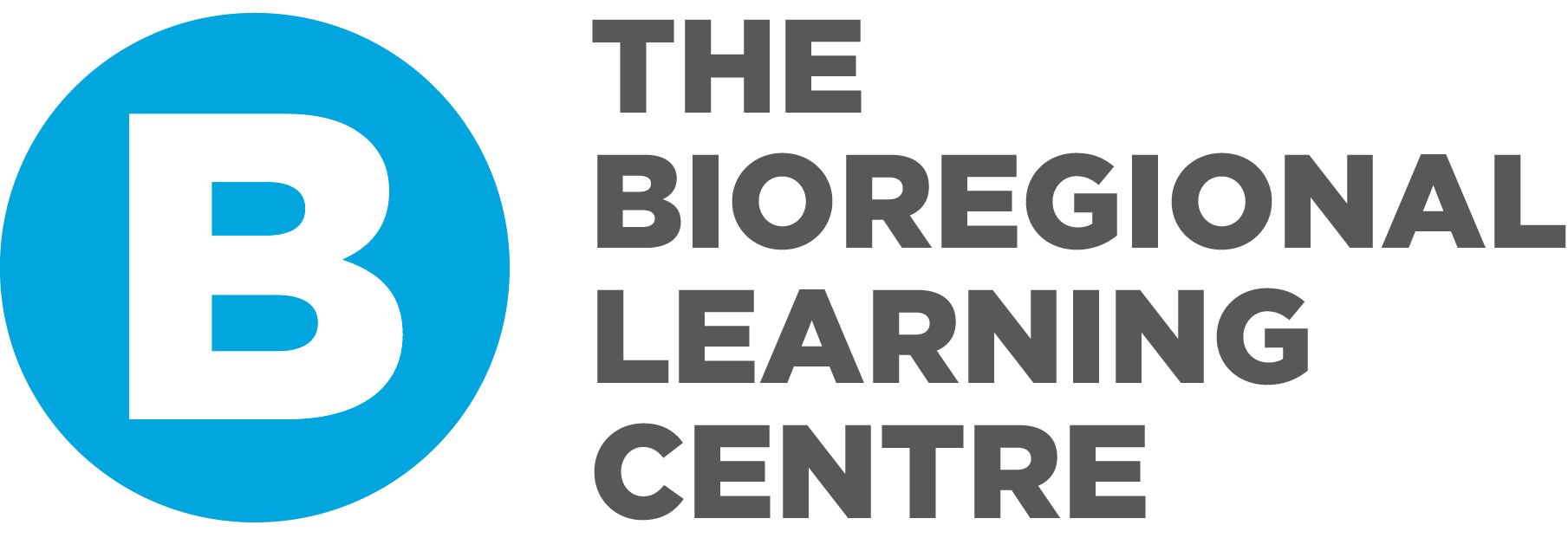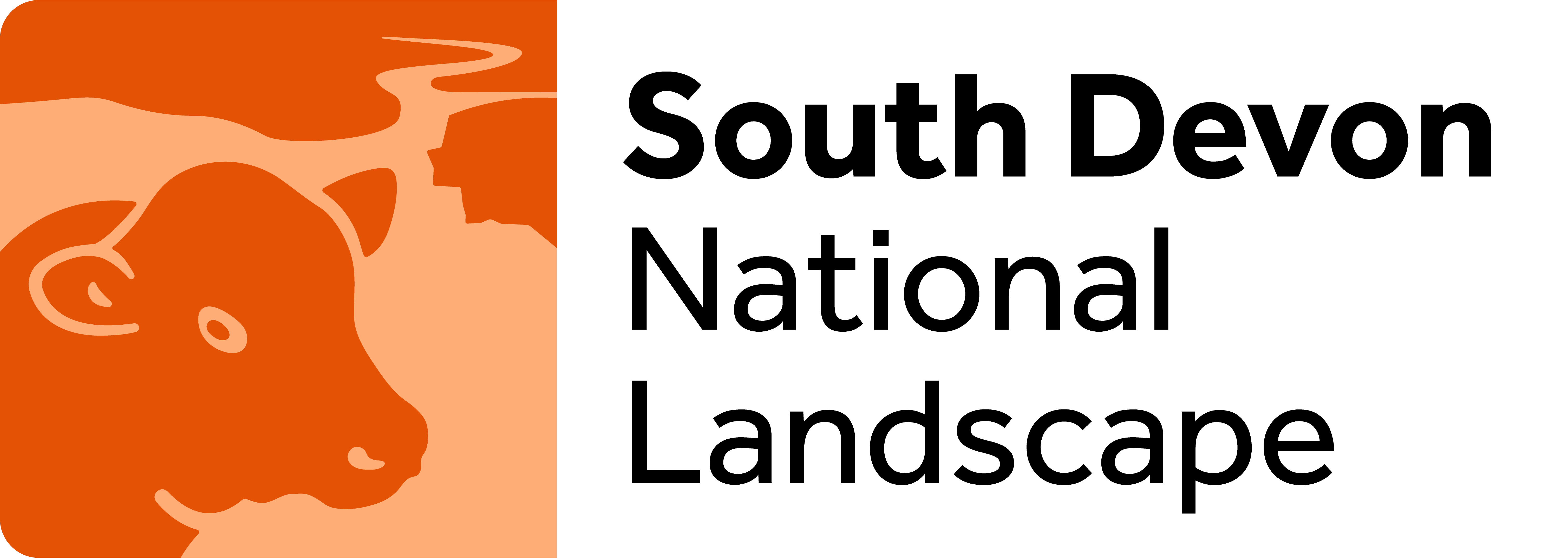Exploring saltmarshes along the Dart Estuary, sharing river knowledge, finding paths to understanding and action for communities of interest.
How can we help to protect this vital ecosystem and carbon store?
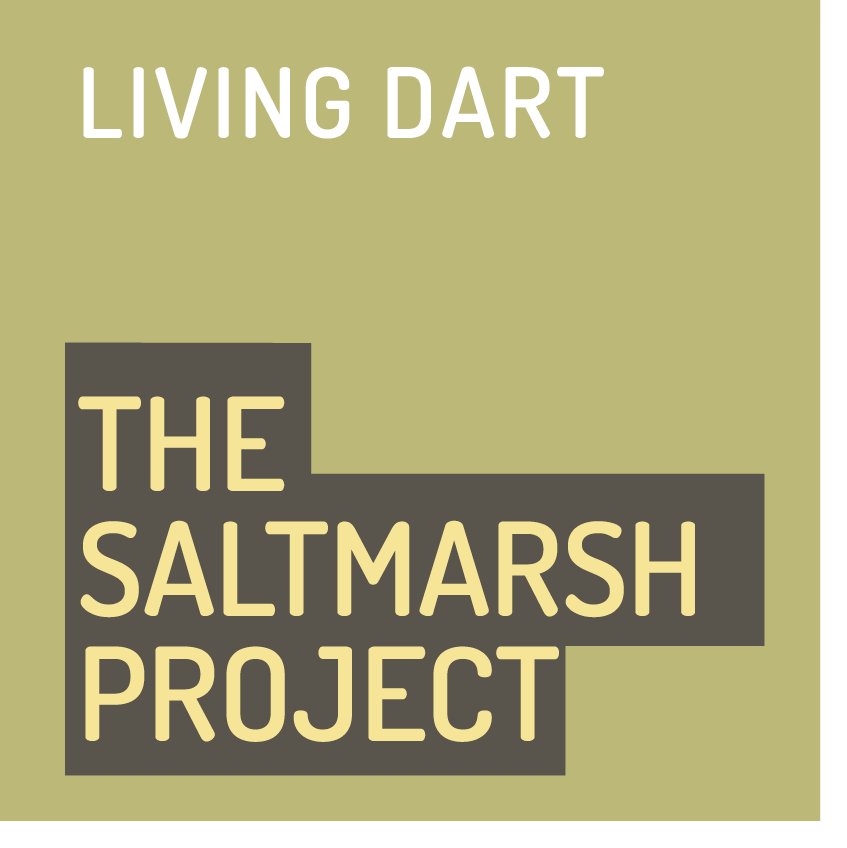
You might be surprised to hear that outside the Tropics saltmarshes bury carbon at a greater rate and store more carbon per unit area below ground than their forest counterparts on land.
They absorb tidal and wave energy and help prevent flooding. They regulate water quality by absorbing excess phosphates and nitrates in river water as well as salt from the incoming tides. They are important places for wading birds to breed, spend the winter and stop off during migration.
Muddy, grey and brown, the Dart’s pockets of saltmarsh often go unnoticed. Best seen from a kayak, these fragile ecosystems found along the more sheltered sides of the estuary are not easy to visit, or care for.
A learning journey at the crossroads of art and ecology
Let the voices of ecology experts and local artists guide you on an exploration of these precious and fragile ecosystems; saltmarsh-inspired artistic expression + environmental stewardship that offer insights into our restoration approach. Watch the five pieces created by The Saltmarsh Project Artist Collective… very personal explorations of these special places.
LAND + PLACE
LAND: How are the saltmarshes on the Dart relevant to the business of owning and farming land?
PLACE: How does local artist Ivan Grieve draw inspiration from a marshy place to inspire his work?
A MARSHY PLACE
Artist Ivan Grieve (2024)
2-minute collection of 2D mixed media works
ECOLOGY + MUSIC
ECOLOGY: What does an ecological scientist look for when evaluating the condition of the Dart’s saltmarshes?
MUSIC: How does local artist DJ and photographer Christian de Sousa draw inspiration from such an unusual place to inspire his work?
WHERE THE RIVERS MEET THE SEA
Artist Christian de Sousa (2024)
5-minute sound art piece–an extract from a 30-minute DJ mix
NEAR + FAR
NEAR: How is it possible to see the saltmarshes from the air in order to show how much saltmarsh there used to be, and how much there could be?
FAR: How does local generative artist Emilio Mula use creative technology to reveal what’s hidden in the saltmarshes?
SYNESTHESIA
Artist Emilio Mula (2024)
4-minute visual generative art film/audio
LINES + DATA
LINES: How do regular visits to the saltmarsh help local arts practitioner Beth Heaney to build a picture of the life of the saltmarshes?
DATA: How does a coastal specialist use all the information gathered so far–what is the deliverable for this phase of the project?
TIDEMARK
Artist Beth Heaney (2024)
5-minute visual art film with voiceover
SYSTEMS + FLOW
SYSTEMS: How can appreciating the Dart’s unique ecosystem help us learn about climate resilience?
FLOW: How does local dance artist and producer Clare Parker draw inspiration from such a vulnerable and yet resilient place to inspire her work?
FLUX
Artists Clare Parker & Jade Willows (2024)
5-minute dance film with audio
Past event
Living Dart: The Saltmarsh Project
Everything you always wanted to know about the Dart saltmarshes. But never had an expert to ask… til now!
With Nigel Mortimer, Dr Sarah Collins and Mike Langman
Our three saltmarsh experts shared their passion as well as their knowledge at this sold-out event where Dart lovers had the opportunity to learn about birds, plants and mud life. We invited ideas on how communities could get involved and heard from Julian Carnell of The Shapham Trust about their hay meadow and saltmarsh restoration project. Hal Gillmore of Canoe Adventures suggested training for their guides and Sarah Collins shared the useful research work undertaken by her students at Plymouth University.
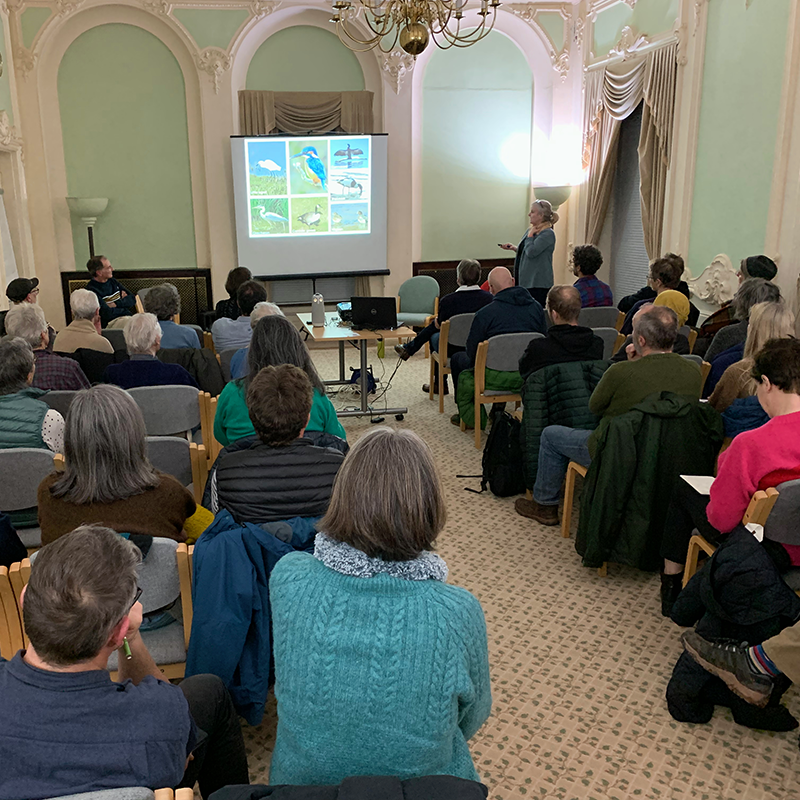
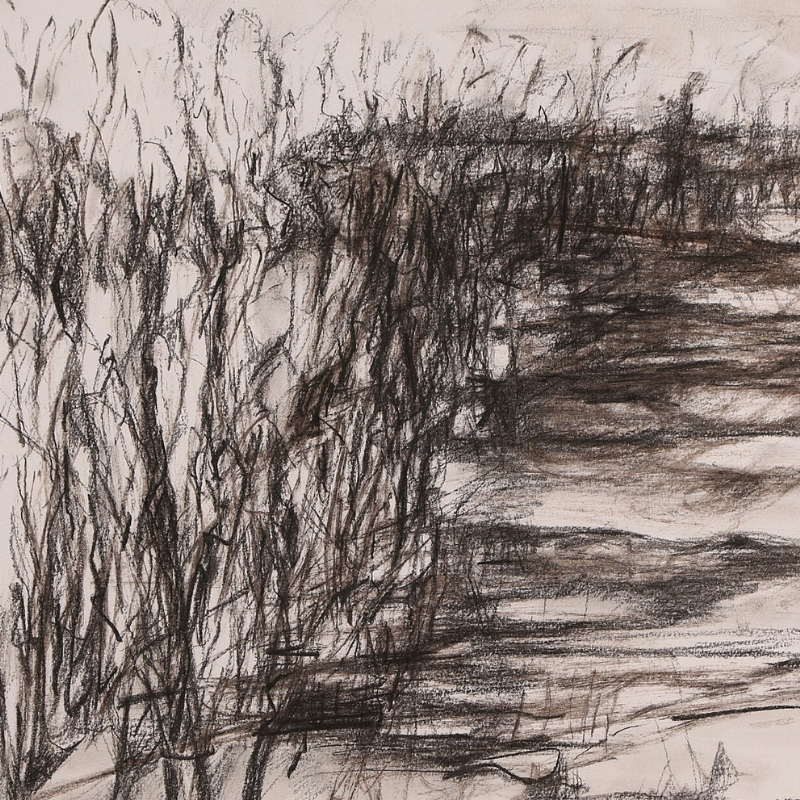
Past event
Saltmarsh: The Dart Estuary’s Carbon Solution
See how The Saltmarsh Project fits in to a mosaic of water and climate challenges in South Devon.
@ Sustainable South Hams’ Rivers Assembly
The team joined dozens of other project leaders and over 160 river lovers in a day of information exchange where people in the South Hams were learning river knowledge from each other. The event demonstrated the power of grassroots organizing, a catchment-based approach and showed how established non-profits, institutions and academia are reaching out into the community space. Saltmarsh was highlighted as an amazing and underappreciated carbon store, and BLC’s River Dart Charter recognized as a significant tool for change.
Read the story of the Dart Charter.
Past event
Dart Saltmarshes: What can we do to protect them?
Bring your lunch. Let’s talk about it.
Estuaries officer Nigel Mortimer joined us live from the Kingsbridge/Salcombe mudflats to show us saltmarsh plant life up close. We then unpacked the approach we have taken–an open invitation to shape the project in its early stages through a co-design process, and welcomed input from those joining us online. For most environmental causes there are few clearly laid out paths to action for residents and citizens to take. Participants in this project have generated numerous ideas. The next phase will see a shortlist laid out as pathways that align with restoration recommendations.

We can learn from this marginal place, where life is resilient and adaptable.
Read on…
All along the river there is concern about pollution, with citizens organising to take care of the water and the wildlife that depends on it. Amongst Devon rivers the Dart is also at high risk from the impact that the stress of climate change will have on freshwater supply and the river ecosystem as a whole. Every part of a river, like every part of our body, has a role to play in keeping us healthy. And as with the human body, what we put into it finds its way downstream, washes up on shore and then out to the sea.
The loss and damage to saltmarshes over centuries means that they are not able to function at any meaningful level or scale. Development and land claim, littering, overgrazing, boat wake & storage, trampling and camping all take their toll and now they have sea level rise to contend with too. Where space allows, saltmarshes will migrate up the shore with sea level rise but the nature and development of our ria type estuaries, with their steep sides, all too often halts this migration.
Two phases of work for Living Dart: The Saltmarsh Project have now been completed, funded by the Environment Agency, and the team is now looking ahead to phase 3; restoration delivery and expansion of the collaborative project delivery structure that we have co-created. Key features are that the project planning is local, that it has involved local communities and landowners from the get-go, and ultimately that our saltmarsh ecosystems will be restored to health. As a first phase in reviving and restoring saltmarshes on the Dart the partner project is helping to play our part in the 30×30 goal that came out of the UN Biodiversity CoP15 last December–30% of our planet protected for nature by 2030.
Thank you to the 84 Dart lovers who took our poll!
In order to demonstrate support in some way for the Dart Estuary’s saltmarshes, we asked
“Which activities could you currently see yourself doing?”
The top five responses were:
1. Mention saltmarsh next time I meet a friend for coffee (80%)
2. Encounter interpretive signs as I walk or hike (78.5%)
3. Sign and share the Dart Charter (73.8%)
4. Listen to subject-specific podcasts (72.5%)
5. Take part in a one-off, guided saltmarsh meeting (71.2%)
The two runners up were ‘Go on a guided boat or 12-seater canoe tour, ticketed (70.9%)’
and ‘Sign a petition, e.g. message to UN Water Conference (68%)’.
This feedback will inform the kinds of activities that The Saltmarsh Project could support, organize or produce.
Download the report to see all the choices and results.

We work in and at the intersection of economy, ecology, learning, arts and culture and the gaps in between.
